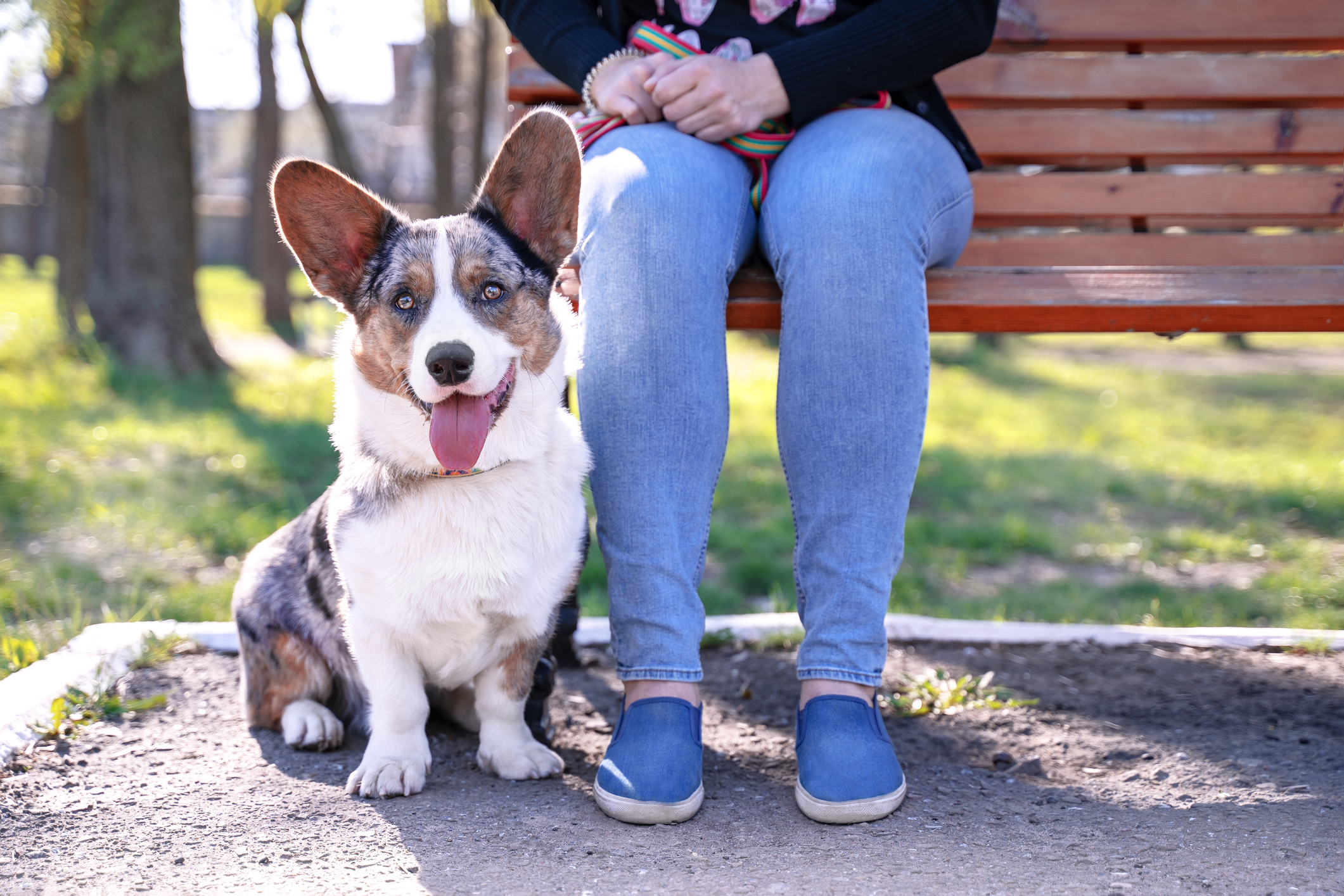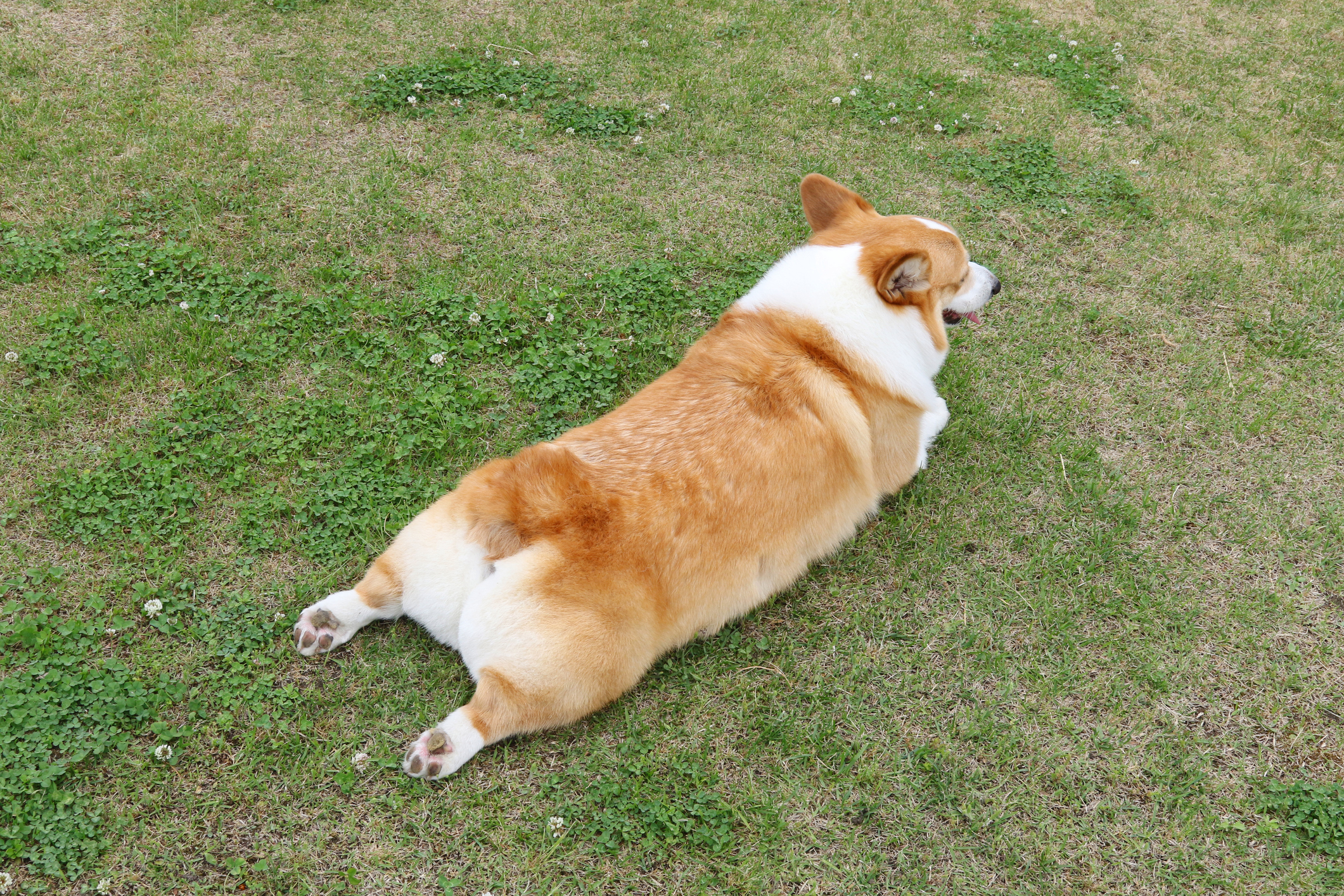All About Your Corgi: Care Guide And Breed Info
Doctor of Veterinary Medicine

While efforts are made to answer all questions as quickly as possible, if an immediate answer is required or if your pet is in need of urgent or emergency care, contact your pet's veterinarian immediately.
Doctor of Veterinary Medicine

You will receive an answer from Dr. Lindsay and our vet/tech team as soon as possible, usually the same day.
All answers are provided for informational or educational purposes only, and are intended to be a supplement to, and not a substitute for, the expertise and professional judgment of your pet's veterinarian.
It may be necessary to consult your pet's veterinarian regarding the applicability of any opinions or recommendations with respect to your pet's symptoms or medical condition.
CloseDoctor of Veterinary Medicine

An error has occurred, please reload the page and try again.
CloseDoctor of Veterinary Medicine

While efforts are made to answer all questions as quickly as possible, if an immediate answer is required or if your pet is in need of urgent or emergency care, contact your pet's veterinarian immediately.
There is no answer related to your question

June 4th marks National Corgi Day, a day to honor both the Cardigan and Pembroke Welsh Corgi Breeds. Sometimes referred to as a “potato,” a “loaf,” or a “baby fox,” by those who love them, Corgis are the 11th most popular breed in the USA - and #1 in our hearts.
Read on to learn all about the Corgi breed history, breed standard and traits, and best care to prevent and manage common health issues in Corgis.
How The Corgi Breed Came to Be
The Pembroke and Cardigan Welsh Corgi breeds originate from neighboring counties located in the western region of Wales. The Pembroke came from a county called Pembrokeshire, and the Cardigan, from Cardiganshire.
From as early as 900 AD, Corgis served as multipurpose farm dogs. Their short, stocky build was optimal for warding off predators, chasing vermin, hunting small game, and herding cattle. Corgis were best suited for herding slow-moving cattle by nipping at their heels. Their low center of gravity helped them easily stand up to inevitable stomps and kicks.
By the 1800s, sheep replaced cattle as the primary type of livestock raised by Welsh farmers. Swift, long-legged Collies became the preferred herding dog, with their ability to round up faster-moving sheep by running circles around them.
No longer needed as a herding dog, the Corgi breeds became companion dogs. To the children of Welsh farmers, Corgis were known as “fairy steeds.” As legends have it, the dogs have white “saddle” markings across their shoulders as evidence of their chariot services to mystical creatures.
In the 1930s, the Pembrokes and Cardigans were finally recognized as official breeds by the British and American kennel clubs. That's when their popularity began to skyrocket on a global scale.
The Pembroke, with its smaller size, became a royally popular companion dog. Around this time, a Pembroke named Susan became the first pet of a young soon-to-be Queen Elizabeth II, who would own a total of 30 of the short-legged dogs in her lifetime.
Meanwhile, breeders toted Corgis to the United States, where they continue to charm their way to the top 20 most popular breeds each year.
Corgi Breed Traits

The Cardigan Welsh Corgi has large, rounded ears and comes in a wide variety of colors, including merle (pictured) and brindle.
As recognized by the AKC, the Pembroke Welsh Corgi and the Cardigan Welsh Corgi are two distinct breeds.
According to the official breed standard, the Pembroke Welsh Corgi is the smaller of the two. Thought to have descended from spitz-type breeds, the Pembroke stands about 12” at the shoulder and weighs up to thirty pounds. Their tail is usually docked short to meet the breed standard, though some puppies are born with a natural nub tail. Pembrokes have a fox-like look with sharp, alert features and smaller, pointed ears.
The Cardigan Welsh Corgi is a bit stockier, standing 12” at the shoulder but weighing up to 38 pounds. They’re believed to be closely related to Dachshunds. The Cardigan has slightly rounded, wide-set ears, softer features, and their tail is left long and fluffy.
While the Pembroke comes in tan, black and tan, sable, or red with white markings, the Cardigan can also come in brindle or merle colorations. Sometimes, Pembrokes and Cardigans are crossbred to create a smaller Corgi with “rare” color variations, a designer mix known as an “American Corgi,” though not officially recognized as a legitimate breed by the AKC.
Common Health Issues in Corgis
Overall, the Corgi is a sturdy dog that can live well into their teenage years with proper care. Like any other breed, though, Cardigan and Pembroke Welsh Corgis are genetically predisposed to certain diseases.
Back issues like intervertebral disc disease (IVDD) or “slipped disk” are common in Corgis, as with most chondrodystrophic, or short-legged, long-backed breeds. Corgis are genetically predisposed to IVDD, and may experience a slipped disk after a traumatic event like a fall or a car accident. Dogs with mild IVDD may recover with pain medication and crate rest, though severe cases can lead to paralysis, and surgery may be necessary.
Corgis are also at higher risk for developing degenerative myelopathy (DM) than other breeds. DM is a degenerative disease similar to Lou Gehrig’s disease in humans, in which the white matter that makes up the spinal cord breaks down over time.
Hip dysplasia is a common condition in which the socket of the hip is too shallow, allowing the ball at the top of the femur, or thigh bone, to slip in and out rather than remain firmly in place. Over time, the unstable joint movements can cause the breakdown of cartilage, leading to progressive pain, inflammation, and loss of mobility.
Von Willebrand's disease I (vWD) is an inherited blood disorder that affects 6% of Pembroke Welsh Corgis. In dogs with vWD, the blood does not clot efficiently, leading to excessive bleeding anytime the dog is injured or has surgery. Corgis with vWD can live a normal, healthy life, though they may need blood transfusions with clotting agents during surgery to prevent hemorrhaging.
How To Care For Your Corgi

Corgis are known to “sploot,” or relax with their legs stretched out. Though the breed is predisposed to hip dysplasia, this funny-looking pose is harmless and no cause for concern.
One of the most important factors in fighting disease and helping your Corgi live a long, healthy life is keeping them at an ideal body condition. Obesity can put your Corgi at greater risk for osteo-skeletal issues, cancer, and other health issues.
Pembroke Corgis should weigh no more than 28-30 pounds when fully grown, while Cardigans should stay under 40 pounds.A Corgi’s stocky frame and deceptively fluffy coat can make it difficult to determine whether your dog has a healthy waistline. If you’re unsure if your Corgi is at their ideal weight, talk to your veterinarian.
Your Corgi should see their veterinarian at least once a year for a wellness checkup to stay up to date on vaccines, flea and tick preventatives, and heartworm prevention and testing.
Corgis have a double-coat with a downy undercoat that sheds year-round, especially during shedding seasons in the spring and fall. Brush a few times a week to daily to remove the shed undercoat to prevent mats. A well-groomed double coat acts as insulation, keeping your Corgi warm in the winter and cool in the summer.
Why We Love Corgis
It’s hard to resist a Corgi, with that big doggy smile and sparkling brown eyes. They’re outgoing and intelligent, easy to train, and love to be the center of attention. Notorious for herding their family members and hunting socks, they’re high energy dogs that are always up for a challenge. Early training and socialization can help rein in their tenacious nature without breaking that playful spirit.
Think the Corgi life might be right for you - or ready to add another to your family? Look for reputable breeders registered with the AKC Cardigan Welsh Corgi or Pembroke Welsh Corgi breed club. With responsible breeding, meticulous upkeep and plenty of love and care, a Corgi can be the royal playmate of your family for years to come.
VISION
Every pet deserves to live a long, happy, healthy life.
 Swipe
Swipe


















